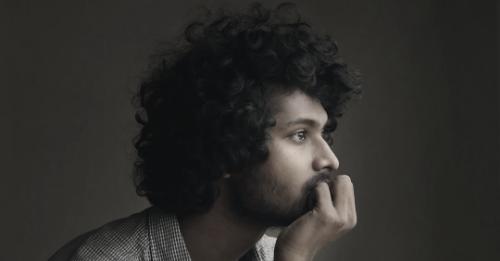5 Common Misconceptions About Mindfulness

View our Free Guide - What is MBSR?
By Anna Smyth, guest contributor
I’ve noticed in my years of teaching mindfulness–including MBSR classes–that it’s often misunderstood. Headlines often highlight the benefits of mindfulness, and doctors across the world recommend it to patients, but people often have reservations about trying it. Over the years, I’ve identified five common misconceptions. They’re outlined below with some clarification.
1. Are meditation and mindfulness the same thing?
They’re similar, but not exactly the same. Just as weight lifting creates an enhanced physical state of being, meditation develops an enhanced psychophysiological state of being (mind and body). Mindfulness is that state of being. In MBSR, we practice exercises to cultivate that mind-body capacity. That new capacity, as Jon Kabat-Zinn wrote in Wherever You Go, There You Are, allows us to “be centered in ourselves…not having to look elsewhere for something to fill us up or make us happy…at peace with things as they are, moment by moment.”
2. Is mindfulness a religious practice?
Although mindfulness has some ancient connections to Buddhism, in the Western world, it has been established and taught as a completely secular practice in public schools, workplaces, healthcare clinics, prisons, and more. We’ve learned a tremendous amount about the brain in recent decades which has helped to clarify this misconception. Mindfulness is primarily a technique that systematically strengthens certain areas of the brain responsible for learning, memory, attention, and self-awareness. It can also help calm down your sympathetic nervous system and reduce stress and anxiety.
3. Do I need to empty my mind while I do it?
Mindfulness resides in the inclusive category of meditation practices (the other category being exclusive meditation, e.g. transcendental meditation). As the word ‘inclusive’ indicates, mindfulness practitioners are invited to embrace their entire moment-by-moment experience without any need to suppress thinking. That might sound confusing, especially if you’ve been told to focus on your breath and nothing else.
Here’s an analogy I often share to illustrate this approach more clearly. Imagine you’re riding a bicycle down the sidewalk. Your steady focus would be on the ground just ahead of you. Meanwhile, you would still be aware of trees, people, and buildings passing by in the periphery. You’d simply notice their presence, coming and going, without allowing them to pull your focus away from the road ahead of you. This is the essence of mindfulness except instead of observing trees, people, and buildings, we are observing an inner landscape of thoughts, emotions, and body sensations coming and going without allowing them to pull our focus away.
4. Do I have to sit still to practice mindfulness?
If you’re new to mindfulness and experiencing high levels of stress or pain, sitting still may actually inhibit your ability to practice. Students in my college mindfulness classes often express that sitting still in meditation is one of the most difficult things they have ever done. I felt the same way when I was a grad student juggling work, school, and the weight of the unpredictable future. I felt that way again right after giving birth to my daughter.
I have had days, weeks, even years when movement was a powerful tool to connect my mind and body and keep me grounded in the present moment. Stillness can also be profoundly instructive, like resisting the urge to scratch an itchy nose. The key here is discernment—being in tune with yourself day by day to know whether movement, stillness, or some combination of the two will be most supportive to you in that moment.
5. Do I have to close my eyes?
Definitely not. Yes, many popular images of mindfulness feature a person sitting cross-legged with eyes closed. Closing the eyes can enhance your sensory perception by removing visual input, but the reality is that it’s not necessary. In fact, mindfulness can be practiced at any waking moment, including moments you’re walking or driving or cooking (none of which I’d recommend doing with eyes closed!). Additionally, there may be environments where closing your eyes might be unwise or even unsafe, like a crowded airport or the subway. Bottom line, MBSR introduces ways to practice mindfulness with eyes closed and open so you can figure out what supports you best.
You may have other questions not addressed here. I invite you, just like my MBSR students, to liken the course to visiting an ice cream shop. Come in, look around, try all the flavors of practice. See if you discover anything you’d like to take home. I can tell you that my own personal mindfulness taste test continues to be far more delicious than I could have ever imagined.
Anna Smyth, manages the Mindfulness Utah network and is an Adjunct Faculty at Salt Lake Community College. She holds a Master’s Degree in Health Promotion and Education. She teaches MBSR as well as Mindful Motherhood, Learning to Breathe, Mindful Eating, and Stress Management courses. Her primary motivation is helping people rediscover their innate resilience and well-being.
Click here to learn more about MBSR with Mindful Leader and view upcoming classes.

1 comment
Thank you for the read Anna. This was eye-opening for me as I didn't separate mindfulness from meditation before; I thought they were the same thing. The bicycle and ice cream shop analogies make it easier to understand as well.
Leave a comment